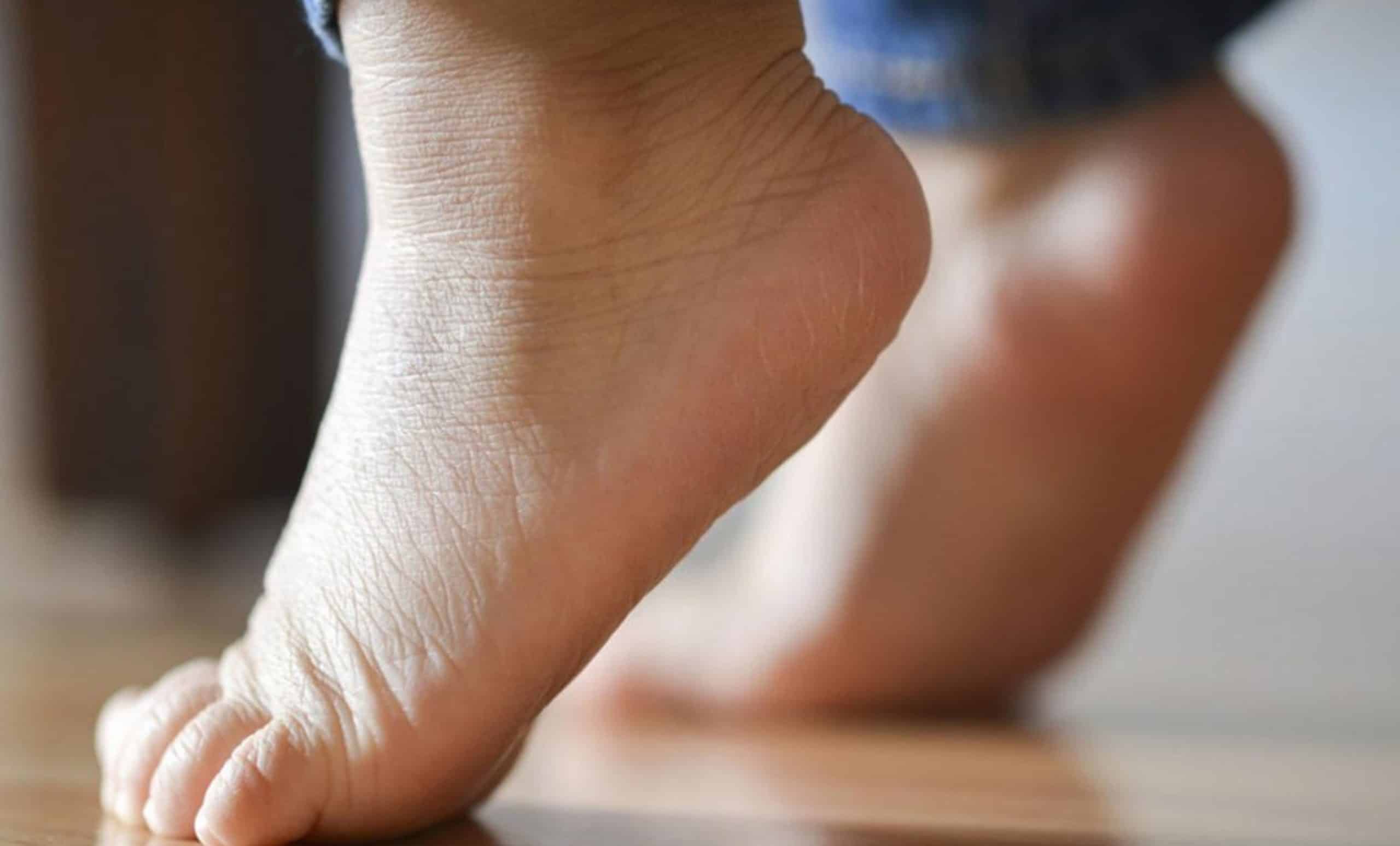Tip toe walking refers to walking on your toes or balls of feet, without putting any weight through the heel.
This is very common under the age of 3, with most children outgrowing this and adopting a normal walking pattern.
If a child continues to toe walk after 3 they should be assessed by a podiatrist.


